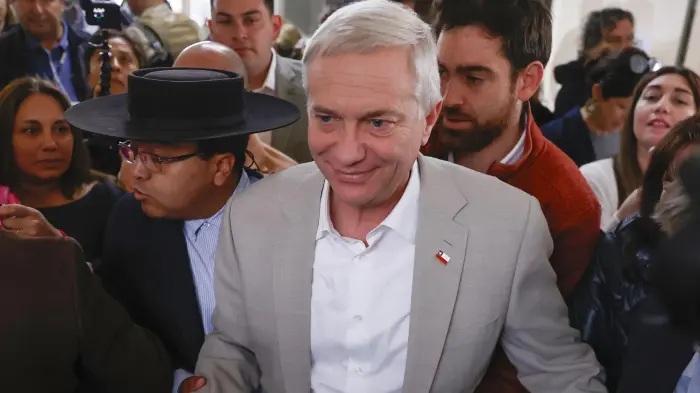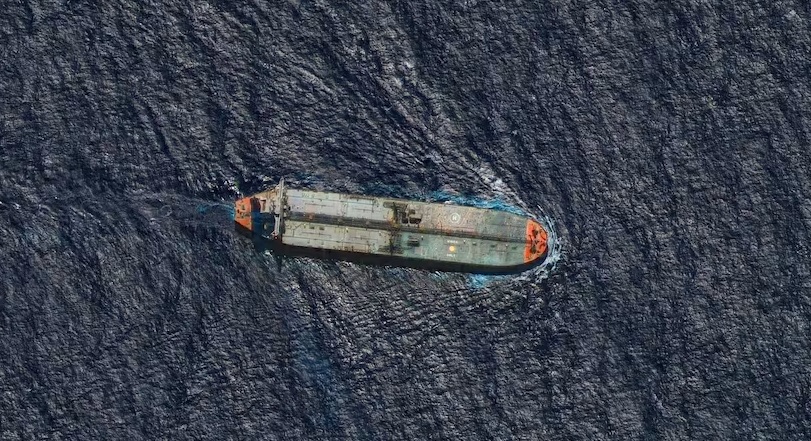Carnage in Afghanistan blots out Republican nomination race

With the US heading towards elections, events in Afghanistan and the withdrawal timetable, will likely play a role in the upcoming campaigns.
California based Andrew Cockburn comments in The Week on recent incidents and turns his attention from the Republican Party nomination battles to a war weary electorate.

IN THE WAKE of the lethal rampage by a US Sergeant who killed 16 Afghans in the early hours of March 11, the Taliban have put a halt to talks with the Americans and President Hamid Karzai has demanded that Nato troops pull out of the villages and return to their camps.
As for the US Army, the Pentagon has been groveling in contrition, as it was only last month with the burning of the Korans. The acting commander of the US-led coalition, Lt. Gen. Adrian Bradshaw, expressed "deep regret and sorrow at this appalling incident. I cannot explain the motivation behind such callous acts, but they were in no way part of authorised… military activity.'"
Afghans could be forgiven for suffering "massacre fatigue", precisely because "authorised military activity" by US troops and special forces in Afghanistan has long ago degenerated into a lethal culture of assassination, "revenge" sorties, desecration of bodies and the harvesting of trophies such as severed fingers, ears and the like. In the recent past, Afghans have also been able to study photographs of laughing American soldiers pissing on the bodies of dead Afghans.
Back in April 2010, after furiously denying responsibility for the deaths of three Afghan women in a messed-up special forces night-time raid, the US commander in Kabul admitted American soldiers had indeed killed the women after first killing two civilians — a district prosecutor and local police chief. The self-styled American 'Kill Team' shot two men to death as they emerged from their homes, armed with Kalashnikov rifles, to investigate as the raid began.
A little later, the same unit killed three women, from the same house. The US military denied charges by Afghans of evidence tampering but a London Sunday Times report asserted that the Afghan investigators had concluded that American forces not only killed the women but had also "dug bullets out of their victims' bodies in the bloody aftermath" and then "washed the wounds with alcohol before lying to their superiors about what happened".
Late last year, four soldiers from a Stryker brigade were convicted of deliberately murdering Afghan civilians in a series of killing sprees, and of collecting their body parts as trophies, in the Maiwand district of Kandahar. They were sentenced to prison terms ranging between three years to life, though the ringleader, Calvin Gibbs will be eligible for parole in ten years.
A year ago Nato helicopter gunships killed nine young boys who were collecting firewood near their home in the northeastern province of Kunar. The boys were all between the ages of nine and 15. The dead included two sets of brothers.
The one survivor of the attack was an 11-year-old boy named Hemad. He told the New York Times: "The helicopters hovered over us, scanned us and we saw a green flash from the helicopters. Then they flew back high up, and in a second round they hovered over us and started shooting." The boy went on to say the helicopter gunships "shot the boys one after another".
This came on the heels of accusations by an Afghan government team of investigators that Nato forces were killing large numbers of civilians in air strikes, one involving some 65 people, including 40 children.
For public consumption, US strategy in Afghanistan has been "population-centric counter-insurgency," or COIN, "winning hearts and minds", slowly building up trust among suspicious Afghans, all part of the great project of nation-building.
The actual strategy was well described on 3 March 2011, on Amy Goodman's Democracy Now! by journalist Rick Rowley who had spent months in the field in Afghanistan:
"After the surge was bogged down and COIN was failing in both Marjah and Kandahar, the US has turned to a firepower-intensive kind of combat. They're resorting to air strikes. Night raids have risen to an astronomical level where there's a thousand raids a month happening, up from 30 raids a month in 2008. Decades after Vietnam, one decade into this war, we've gone back to body counts as our only way of measuring any kind of progress in the war."
According to Rowley, "the covert, dark war has eclipsed completely the conventional war right now, that special forces [are] now killing and capturing, in completely covert, untransparent operations, more Taliban and Afghans than the entire conventional Nato force."
Add to this the obvious major deficiencies in leadership abilities of junior US officers and you have the recipe for a constant diet of atrocities.
As yet we are nowhere near the truth of what happened last Sunday. A Seattle lawyer, John Henry Browne, says his client – still unnamed – had been injured twice during three tours in Iraq and was reluctant to serve again on the frontline. Browne also claimed the soildier had witnessed a friend's leg being blown off the day before he went on his rampage.
But was the killer actually acting alone or in concert with others in his unit? Some Afghan witnesses say there was more than one American soldier involved in the killing of the 16.
Throw into this mix the soaring death toll from drone strikes, both in Afghanistan and in Pakistan's border region.
"There's been real blowback from the burning of the Korans, but there has also been real blowback from the killings from continued drone strikes," says Ann Wright, a former State Department diplomat and retired US Army colonel who stood trial last month for protesting US drone attacks.
Absurdly, the CIA claims that since May 2010 drones have killed more than 600 carefully selected human targets and not a single non-combatant. Recently the British-based Bureau of Investigative Journalism concluded after a long investigation that this was nonsense.
According to the Bureau, at least 45 civilians were killed in 10 drone strikes on the Pakistan/Afghanistan border region during this past year alone. Between 282 and 535 civilians, including 60 minors, have been credibly reported as killed as a result of drone strikes since US President Barack Obama took office. At least 50 civilians have been killed in second-wave drone strikes – shot down as they were helping the wounded. More than 20 other civilians were killed in strikes on funerals.
The US war in Afghanistan was lost a long time ago. Today, a US soldier is unwise to turn his back for long on the Afghan he is supposedly assisting to nationhood. We can brace ourselves for more horror stories like the one that came to light last Sunday until Nato's beaten armies clamber onto the planes and head for home. ·





